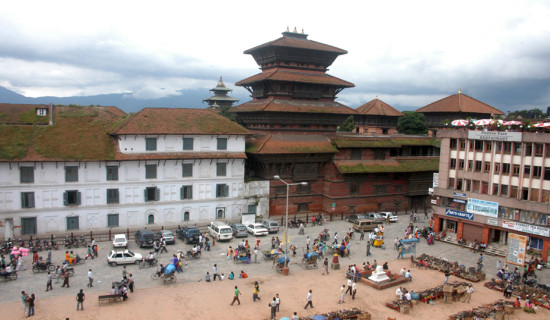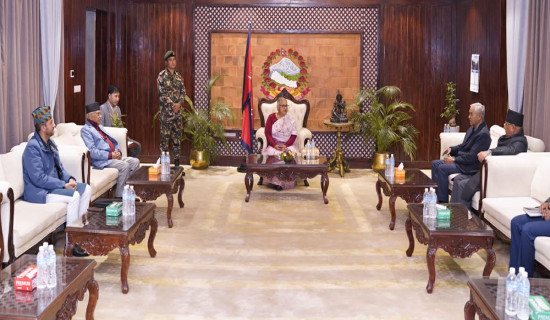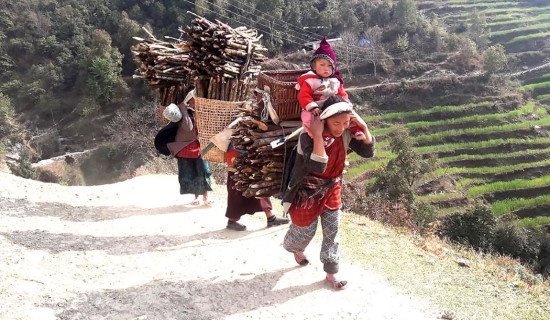- Saturday, 27 December 2025
Raise Voice On Plastic Pollution
During INC-5.2, Nepal should have strongly advocated for climate justice, emphasising its vulnerability, its contributions to climate solutions, and the need for robust international cooperation to tackle climate change and plastic pollution. The treaty should not only focus on the marine ecosystem. Data has revealed that mountains are also equally vulnerable, and the country could pitch to mention "mountain to marine" and address plastic pollution comprehensively, encompassing its production, design, and safe disposal, instead of just focusing on the marine ecosystem. The INC 5.2, the second part of the fifth session of the Intergovernmental Negotiating Committee, will take place in Geneva, Switzerland, from August 5 to 14, 2025, focusing on concluding the global plastics treaty.
Nepal is extremely sensitive to the consequences of climate change, despite its small contribution of 0.04 per cent to plastic pollution compared to South Asia's 8.32 per cent of global greenhouse gas emissions (GHG). Like other vulnerable countries, Nepal should have advocated for new financial instruments to address climate change loss and damage at INC-5.2.
Nepal boasts the world's tallest mountain, Mt Everest, and eight others that rise beyond 8000 metres. However, investigations have found microplastics in snow and ice samples from the Everest region, indicating widespread pollution. And this has been affecting people all over the country through massive contamination from transboundary pollution, which has been discussed enormously even during the "Sagarmatha Sambad", how peculiarly disastrous it is, and how this could have also leveraged small but powerful meaning to regulate plastic waste prevention, using alternative actions, and eliminating single-use and nonrecyclable plastics production, where we have broadly available recyclables.
Organizations such as the Sagarmatha Pollution Control Committee, Blue Waste to Value, Sagarmatha Next, Moware Design, and Himalayan Life Plastics are collaborating to reduce post-consumer plastics and other garbage in the Khumbu region, preventing them from causing additional pollution in the environment. The exemplary efforts made with responsible tourism, introducing "carry me back" pouches in the inaccessible routes and trekking region, and adopting waste prevention models along with restricting and mandating regulations on entering single-use items and nonrecyclable plastics from the local Khumbu Pasang Lhamu Rural Municipality and Sagarmatha National Park have tremendously impacted the conservation of the environment. The region also allows them to contribute to the post-consumer plastic recycling and circulation value chains. It is also praiseworthy that private planes (Tara and Sita airlines) flew tonnes of plastic and other waste from Lukla to Kathmandu to improve their management, recycling, upcycling, and circularity. The data on the garbage that is moved and managed are recorded to check its massive added value and cost, with the emission reduction infographic landscape encouraging the working team to bring it better and strive to improve the environment. This communal and collaborative effort should have highlighted the best achievements made by the country and might have been adopted in many parts of the world. Nepal should have shared this and learnt from the rest of the world by adopting extensive producer responsibility (EPR) and implementing the Polluter Pays Principle (PPP) to discourage excessive consumption of nonrecyclable or difficult-to-recycle materials.
Recycling is not a comprehensive solution; rather, it is an alternative, such that the plastics that the country imports from third countries are reduced to the greatest extent possible, and only the required types of plastics are used. While draughting the plastic waste management guidelines, the Nepal government could have coordinated extensively with local stakeholders, and this could have approached plastic credits and financing to contribute to the efforts put forward in meeting the standards of rescuing plastic waste from the environment. Producers, particularly larger market players, might have allocated the fund.
These efforts provide a tremendous opportunity for the country to set an example and make a bold demand for robust investment to compensate for the loss and harm that Nepal did not cause but is now bearing the repercussions of.
To address plastic pollution in the country, Nepal has to understand that plastic production and disposal cause significant GHG emissions. The extraction of fossil fuels for plastic production, manufacturing, incineration, or decomposition of plastic waste emits GHGs into the environment. Burning plastic emits hazardous gases, whereas microplastics contaminate soil and water supplies, affecting ecosystems and human health. This would have required an extensive mobilisation system to examine and administer events involving the burning and consumption of nonrecyclable and single-use plastic items on the local market. While Nepal's focus at INC-5.2 could have been on climate change, it could also have addressed plastic pollution, particularly given its impact on the environment and potential implications for vulnerable communities. The efforts could have been made through the engagement of the informal waste workers, their social protection, and others through the plastic credits mechanisms. Nepal could have advocated for regulations on plastic products and chemicals, addressing consumption and production patterns, and ensuring effective waste management. The country could have highlighted the need for financial resources and mechanisms to support developing countries in addressing plastic pollution.
Nepal is not producing plastic; instead, it endeavours to bring plastic products and virgin plastic from other countries, emulated by the developed world, and exploited, and the infrastructure for effective management is constantly lacking. Despite its low emissions compared to the giant neighbours, Nepal must focus on Loss and Damage Funding, as it has been facing significant climate-related damage, especially in sectors like agriculture, health, and ecosystems. The country could have strongly advocated for a robust global loss and damage fund, emphasising the "polluter pays" principle and urging developed nations to contribute significantly. To manage the loss, the country could have invested in infrastructure or responsible producers to implement a circularity system and create green jobs. Additionally, consumers could have been taxed to support quality management and reduce pollution.
The government could have been emphasising its efforts to reduce plastic seeping into the air, land, and water by encouraging local aggregators, collectors, segregators, processors, recyclers, and upcyclers, and will not impose a scrap tax on plastic items produced within the country from one municipality to another. A specialised place for waste plastic processing, such as a special economic zone (SEZ) or an industrial estate, to maintain infrastructure and encourage the private sector to recycle and upcycle. Encouragement on the importation of recycling machines, the development of technology, and their application for environmental benefits are other significant supports that could have been provided to the recyclers. The country would encourage using recycled plastic items, emphasising their use and promoting them. This will pique its citizens' attention while holding them accountable for effective management, resulting in citizens' rights to live in a healthy, clean environment. Companies and industries would have rated with the Environment, Social, and Governance (ESG) framework, implementing EPR and polluter's pay principles, and offering subsidies to address environmental challenges such as plastic waste pollution.
(Maharjan is a technical advisor for the Solid Waste Management Association of Nepal.)

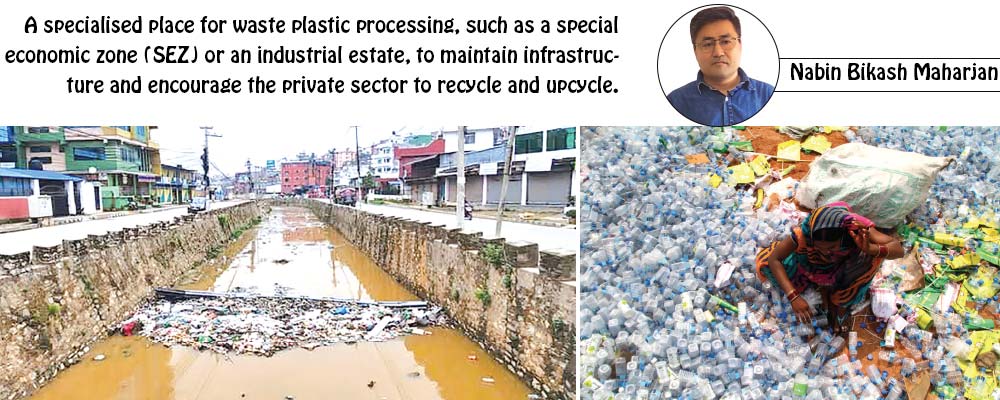
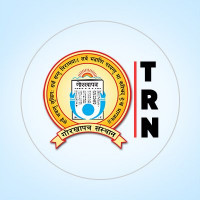








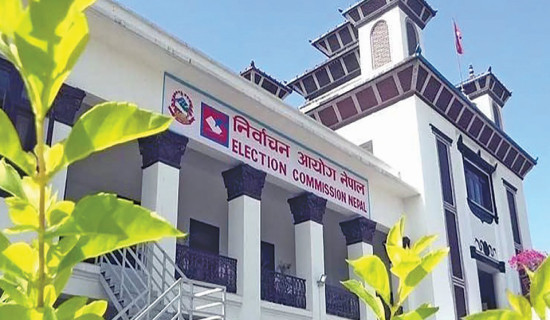
-original-thumb.jpg)

